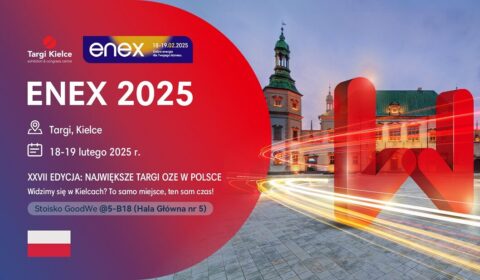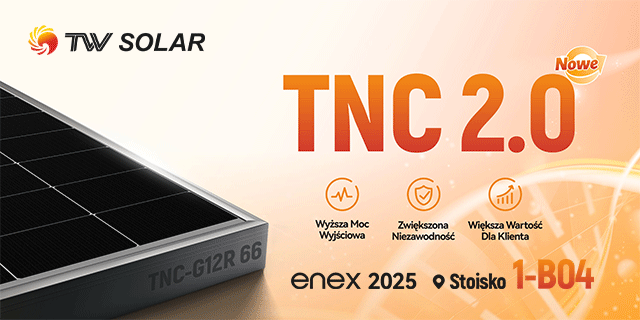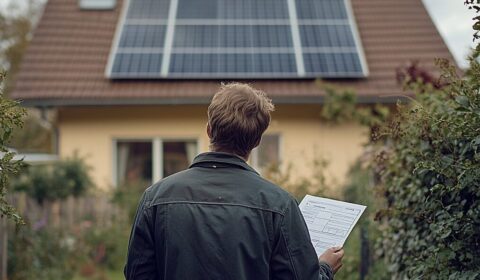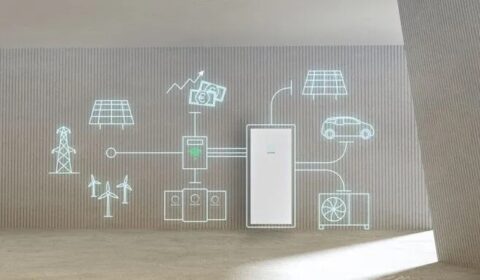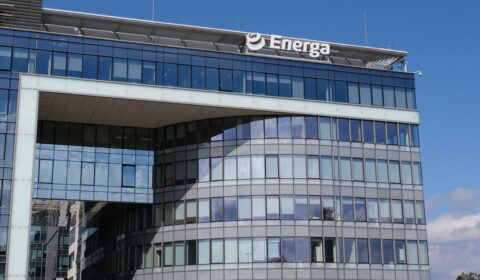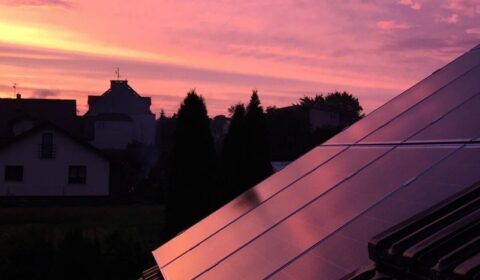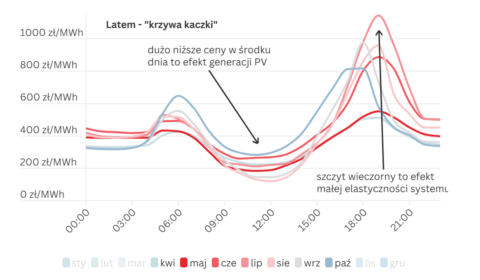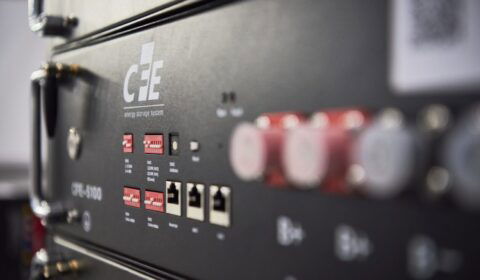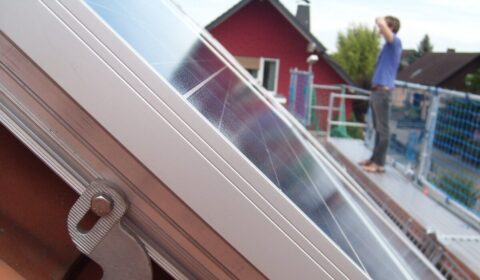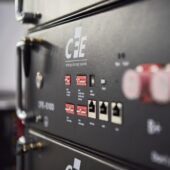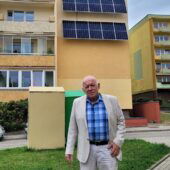Niemcy: koszty dopłat o OZE niższe od subsydiów dla energetyki konwencjonalnej
German electricity consumers via the EEG surcharge pay about €20bn ($23bn) per year to finance the build-up of solar, wind, biomass and other renewable energies, while the hidden costs of conventional power sources both in 2014 and 2015 reach some €40bn a year, the study says.
Included are direct subsidies and financial concessions, as well as external costs society has to come up with for environmental damage or the final storage of nuclear waste.
„Renewable energies aren’t just cleaner, but in the end also significantly cheaper than coal or nuclear,” says Marcel Keiffenheim, head of politics and communication atGreenpeace Energy, an independent power provider.
„But the problem is that the high costs of coal and nuclear are hidden from power clients and are being paid indirectly via taxes and other contributions.
The scientists behind the study emphasise that renewable energies aren’t driving up the cost of power supply as had been argued frequently in fierce discussions in Germany about power prices – but on the contrary replace more expensive energy sources that have higher costs to taxpayers and society.
„If utilities had to take into account those additional costs in their calculations, renewable energies already today to a great degree would be competitive,” said Swantje Küchler, who led the study for FÖS.
A kilowatt hour of wind power from newly-built machines now costs between €0.051 and €0.087, while nuclear power including the hidden costs would come at a price of €0.185-€0.498, lignite at a cost of €0.126-€0.141, and hard coal at a cost of €0.147-€0.167, the study says.






















